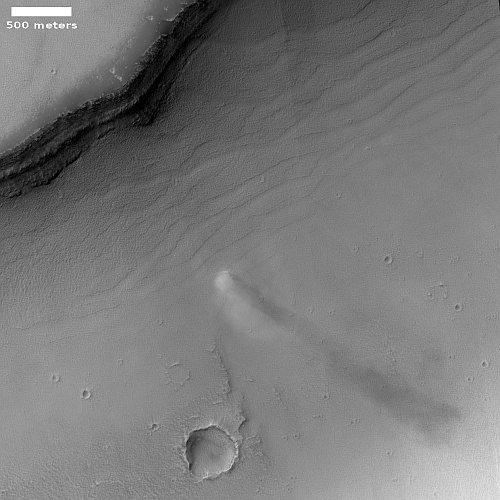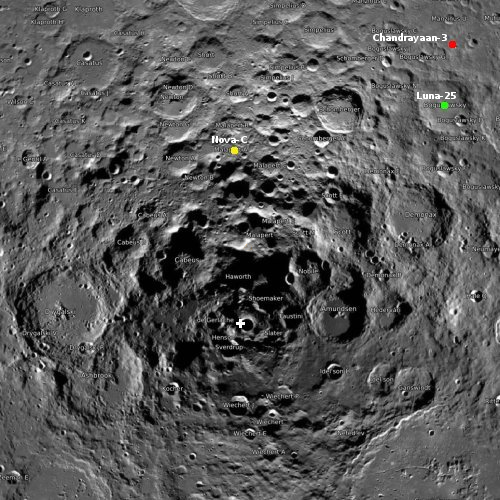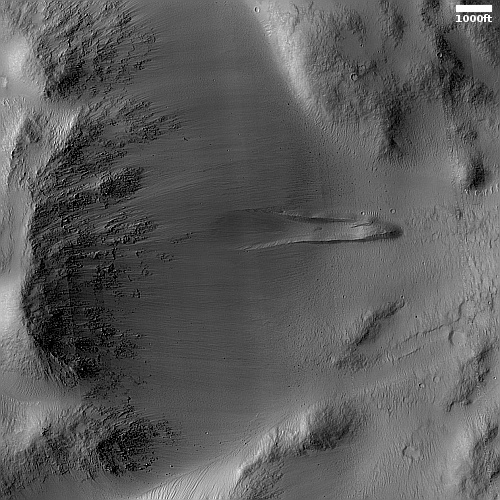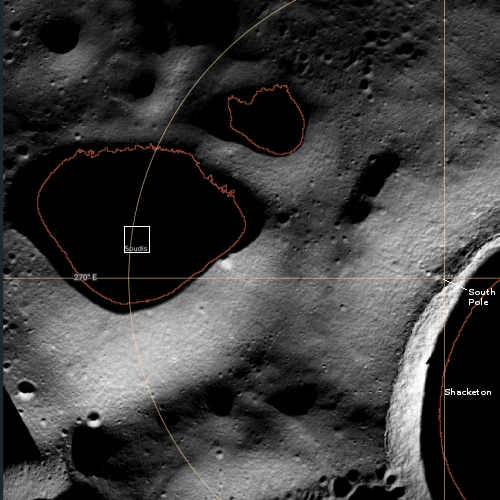OneWeb offers its satellite constellation broadband service to the maritime industry
With its full constellation of 634 satellites in orbit, OneWeb has now made its satellite constellation broadband service available to the maritime industry.
With 634 OneWeb operational satellites now in orbit, the OneWeb constellation is complete and fully operational down to 35 degrees latitude. OneWeb will have the final ground stations completed and operational requirements in place, ensuring the company remains on track to deliver full global maritime services by the end of the year. Now OneWeb will start selling services to the maritime industry, via its specialist maritime distribution partners.
OneWeb and its partners have also developed a range of hardware terminal products which are available from trusted maritime communications providers Intellian and Kymeta. Offering hardware terminal products from two established providers with different form factors enables greater choice for customers.
More information here.
With its full constellation of 634 satellites in orbit, OneWeb has now made its satellite constellation broadband service available to the maritime industry.
With 634 OneWeb operational satellites now in orbit, the OneWeb constellation is complete and fully operational down to 35 degrees latitude. OneWeb will have the final ground stations completed and operational requirements in place, ensuring the company remains on track to deliver full global maritime services by the end of the year. Now OneWeb will start selling services to the maritime industry, via its specialist maritime distribution partners.
OneWeb and its partners have also developed a range of hardware terminal products which are available from trusted maritime communications providers Intellian and Kymeta. Offering hardware terminal products from two established providers with different form factors enables greater choice for customers.
More information here.











